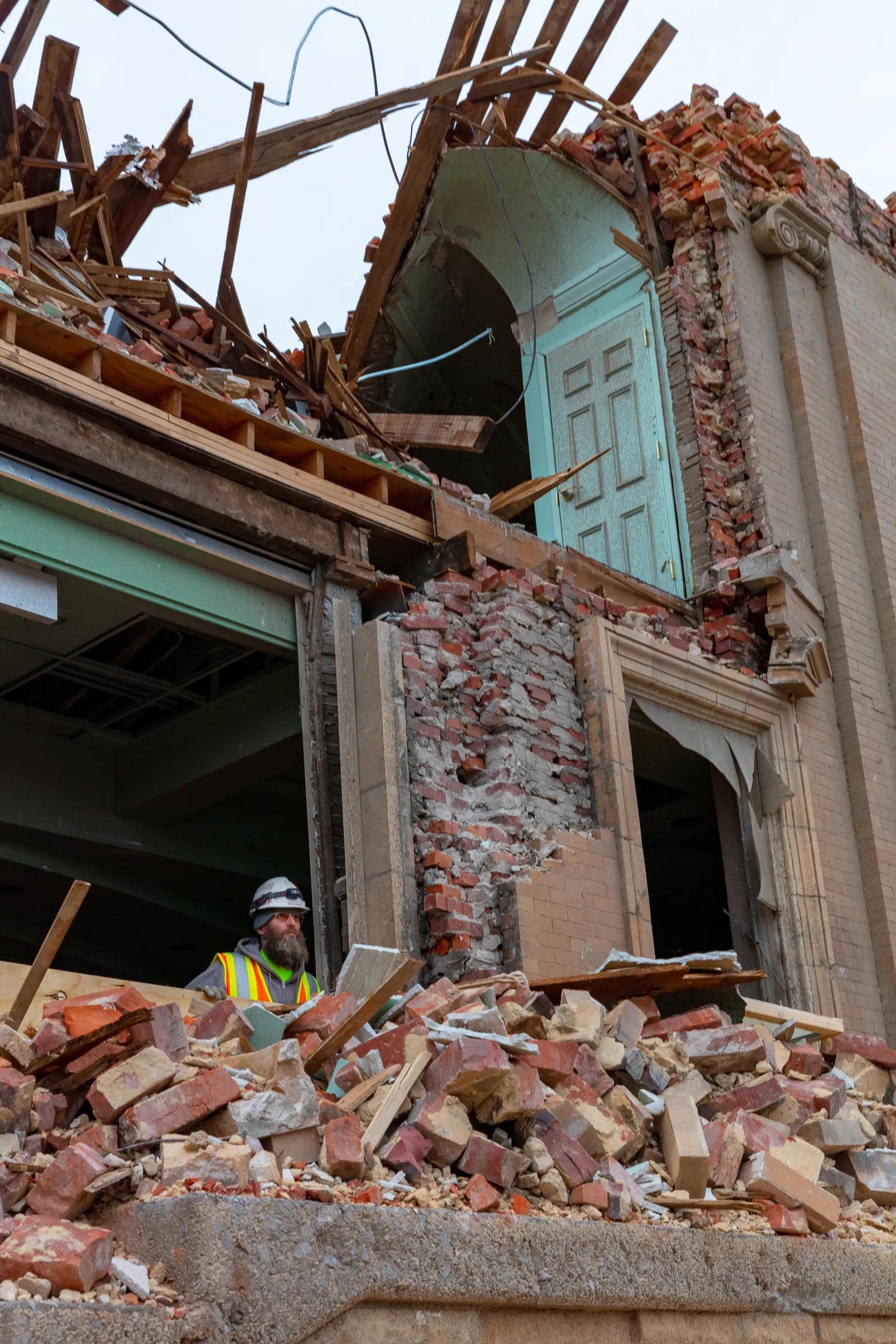Roofs torn off. Trees uprooted. Century-old structures reduced to rubble. Power and water lines cut. And families mourning loved ones lost in a wave of tornadoes that swept across six states on Friday, Dec. 10. This photo essay from western Kentucky provides just a glimpse of the devastation this disaster brought about, and the immensity of the task ahead.
In the wake of more than 30 storms that touched down across the central and southern U.S., 89 people are confirmed dead, with at least 75 of those in Kentucky. According to Kentucky Governor Andy Beshear, at least 105 people are unaccounted for across the state.
According to The New York Times, “The tornado that ravaged western Kentucky was a monster, an EF-3 storm with winds of 136 to 165 miles per hour. With a footprint of up to three-quarters of a mile wide, it shredded warehouses and houses along a path of more than 220 miles.”
In the wake of the storms, many homes were completely destroyed, residents left with nothing but the clothes they were wearing. In many communities power will be out for weeks. Even for those families whose homes are still standing, return may be impossible due to hazardous waste and dangerous conditions. The ongoing power and water outages have made freezing temperatures an immediate and serious concern for residents.













